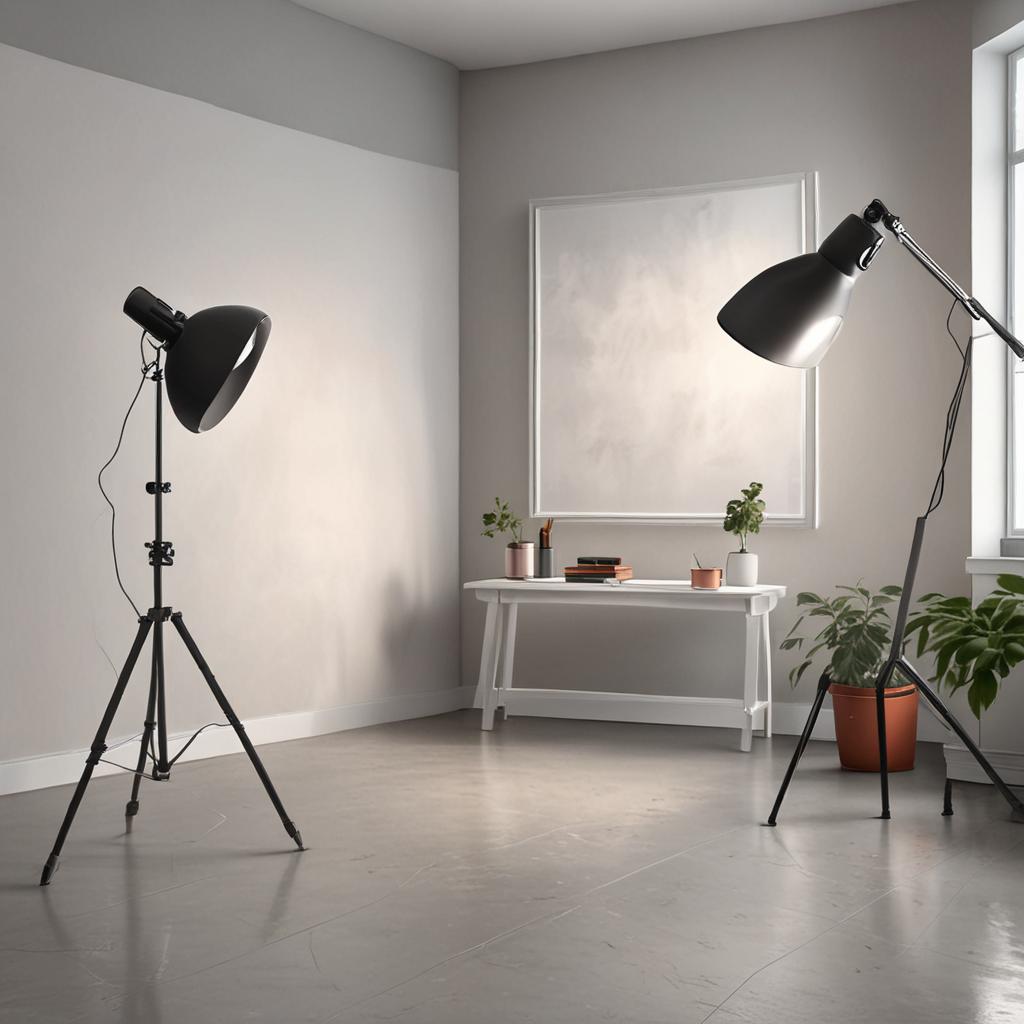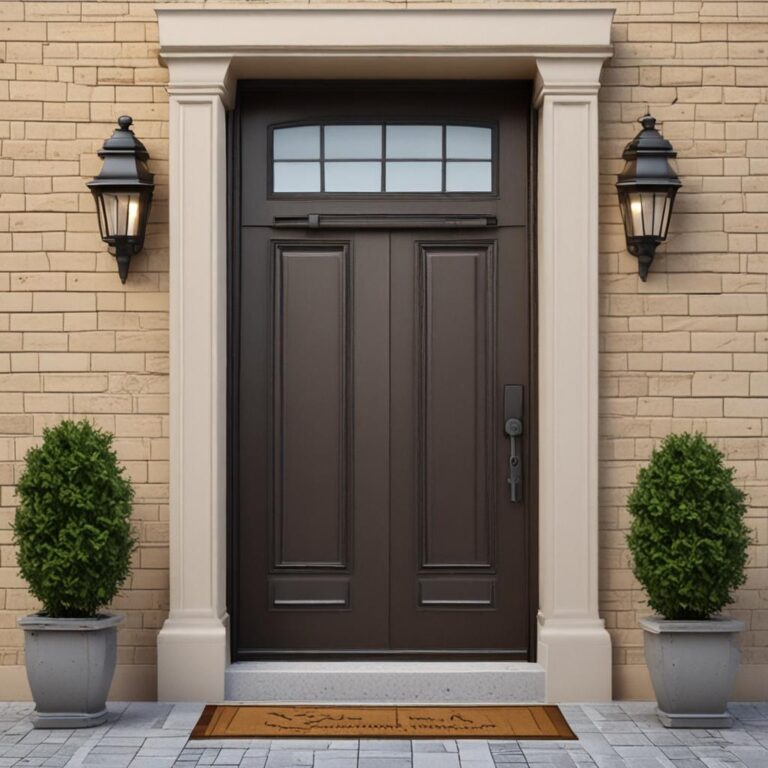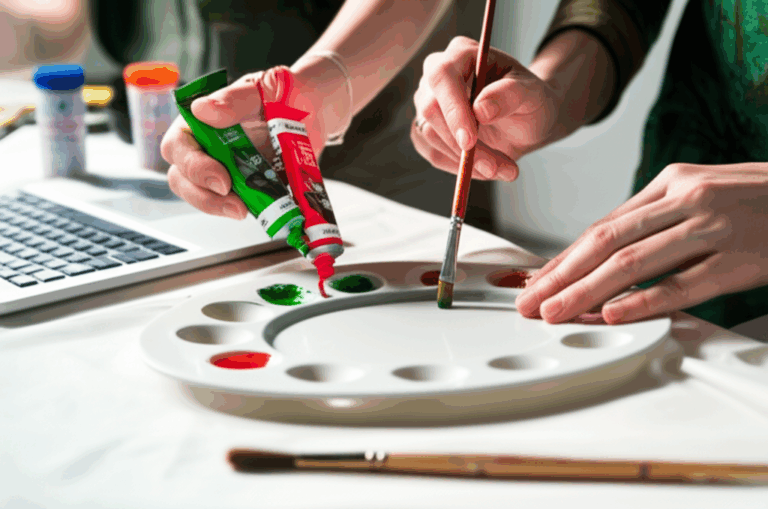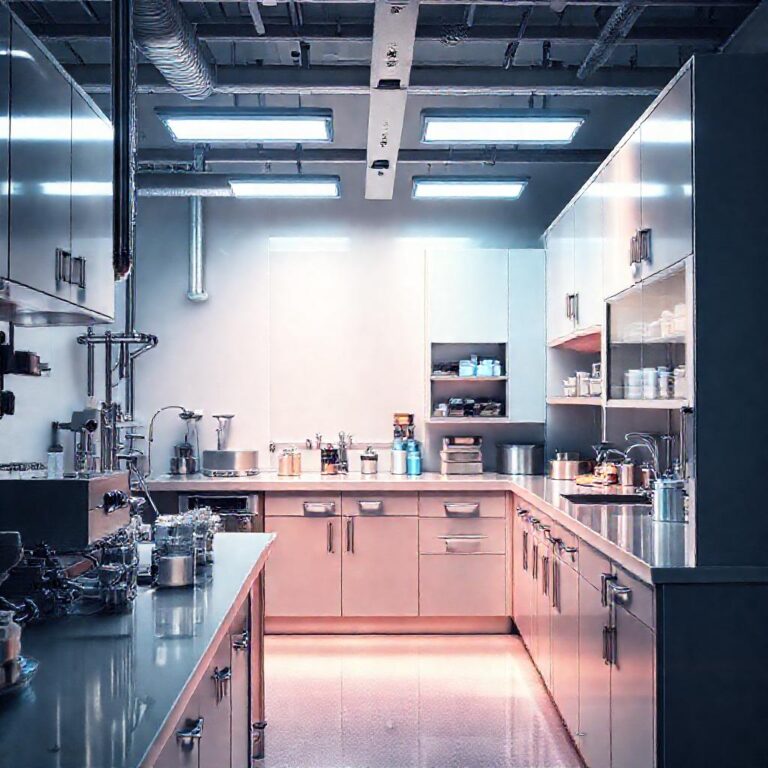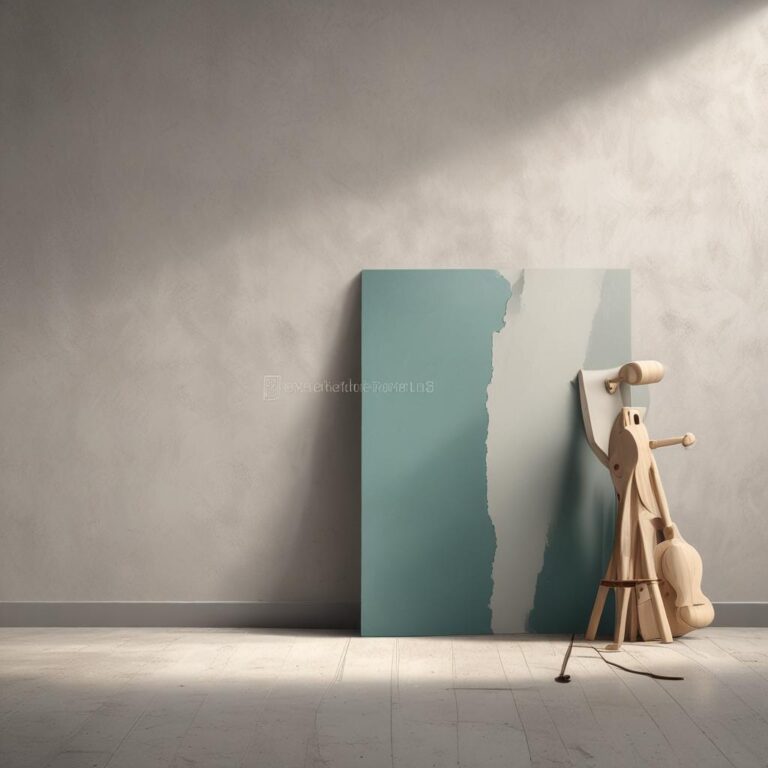How Much Does It Cost to Paint a Room
Painting a room is one of the most effective and affordable ways to refresh your home’s look. Whether you’re preparing to rent out a space, updating for a new season, or simply enhancing your living environment, understanding the cost involved can help you plan effectively. The price varies depending on the room’s size, the paint you choose, and whether you tackle the project yourself or hire a pro. This guide breaks down all the factors that affect painting costs and offers practical advice to help you make the most of your budget.
Factors That Influence the Cost of Painting a Room
Room Size and Layout
Painting costs are heavily influenced by the size and complexity of the room. Larger spaces naturally require more paint and labor, while features like multiple windows, doors, or ceilings with textured surfaces can increase the time and effort needed. On average, professional painters charge between $2 and $6 per square foot for interior room painting, depending on the job’s difficulty. For example, a small 10×10 room might cost less than a master bedroom with intricate trim work.
Type of Paint
The quality and type of paint you select play a major role in the total budget. Budget-friendly options typically cost $20–$30 per gallon, while mid-range paints range from $30–$50. Premium paints, known for durability and rich finishes, can be $40–$60 per gallon or more. Specialty paints, such as eco-friendly or mold-resistant varieties, may add 20%–50% to the material cost. Always consider the surface you’re painting—higher-quality paint is essential for high-traffic areas.
Labor Costs
Professional painters usually charge by the hour or by the room. Hourly rates vary from $30 to $60, while per-room pricing for simple jobs starts at $200 and can reach $800 or more for complex tasks. DIY projects eliminate labor costs but require investing in tools like brushes, rollers, and paint trays. If you’re inexperienced, factor in the time it will take to learn and execute the job, which could delay completion and increase frustration.
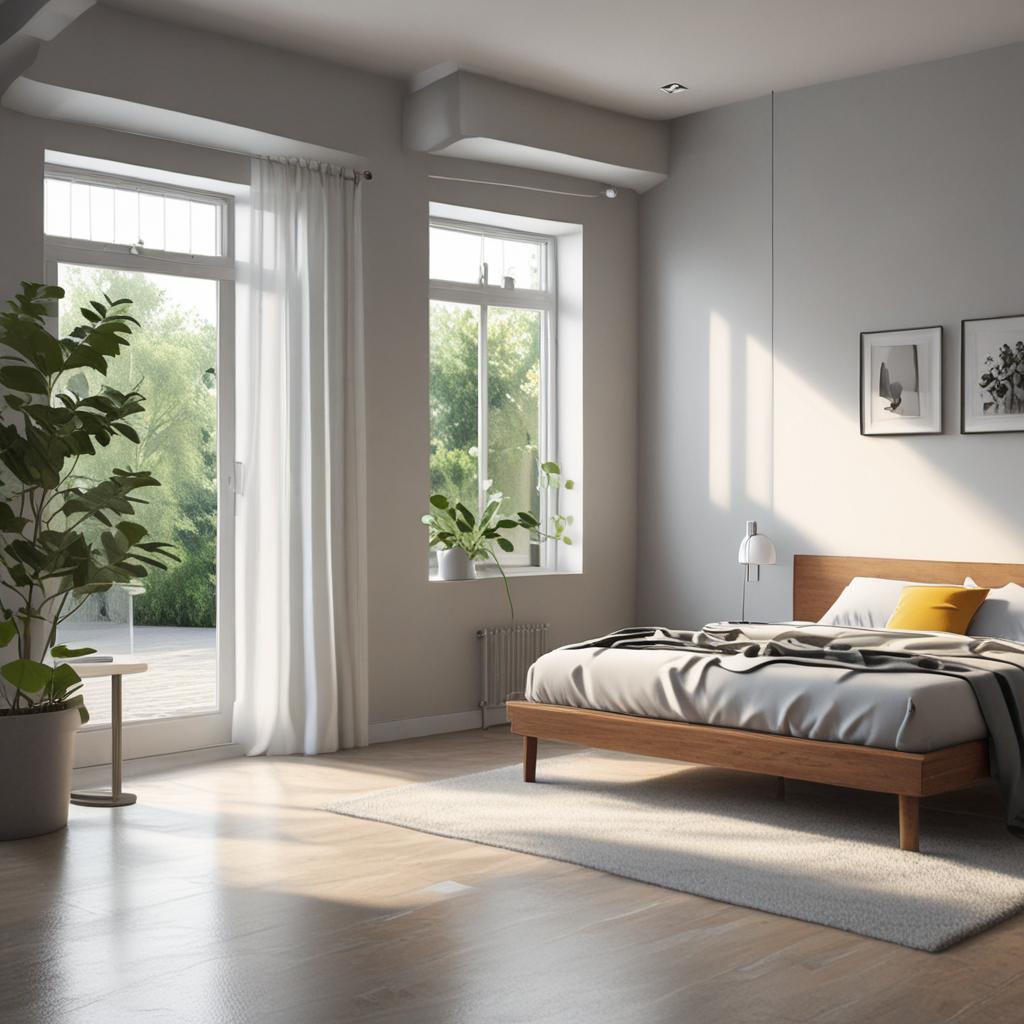
Surface Preparation
Before painting, walls often need repairs, sanding, and priming. Fixing holes, cracks, or uneven surfaces can cost $50–$150, depending on the damage. Primers, fillers, and sandpaper add another $20–$50 to material expenses. Skipping these steps may lead to higher long-term costs due to poor adhesion, bubbles, or peeling. A clean, prepped surface ensures a professional finish and extends the paint’s lifespan.
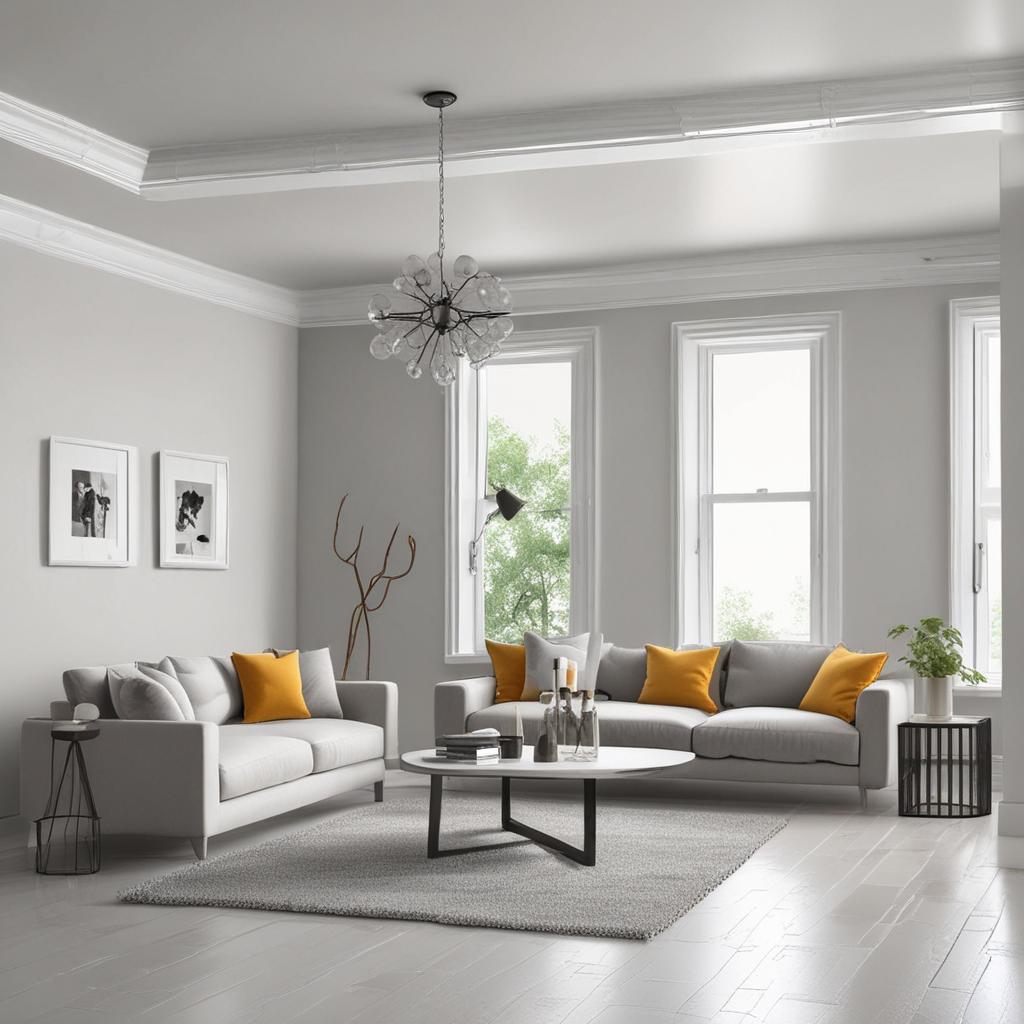
Geographic Location
Where you live significantly impacts painting costs. Urban areas like New York or Los Angeles typically have higher labor rates due to demand and overhead, while rural regions may offer lower prices. For instance, a standard room in a small town might cost $300 to paint, whereas the same job in a major city could exceed $500. Always research local rates or ask for quotes from multiple providers to find the best value.
Average Costs of Painting a Room
DIY Painting Costs
For DIY projects, expect to spend $100–$300 on materials, depending on paint type and room size. A 12×12 room with two coats of mid-range paint might cost $150–$250. Renting tools instead of buying them can save money, and shopping during sales can reduce paint costs. However, DIY projects require time, effort, and a learning curve to avoid costly mistakes.
Hiring a Professional Painter
Professional painters typically charge $200–$800 per room for labor and materials combined. Rates depend on the painter’s experience, the job’s complexity, and regional factors. Additional fees for travel, cleanup, or moving furniture can add $50–$200 to the final cost. Always request a detailed quote to avoid surprises.
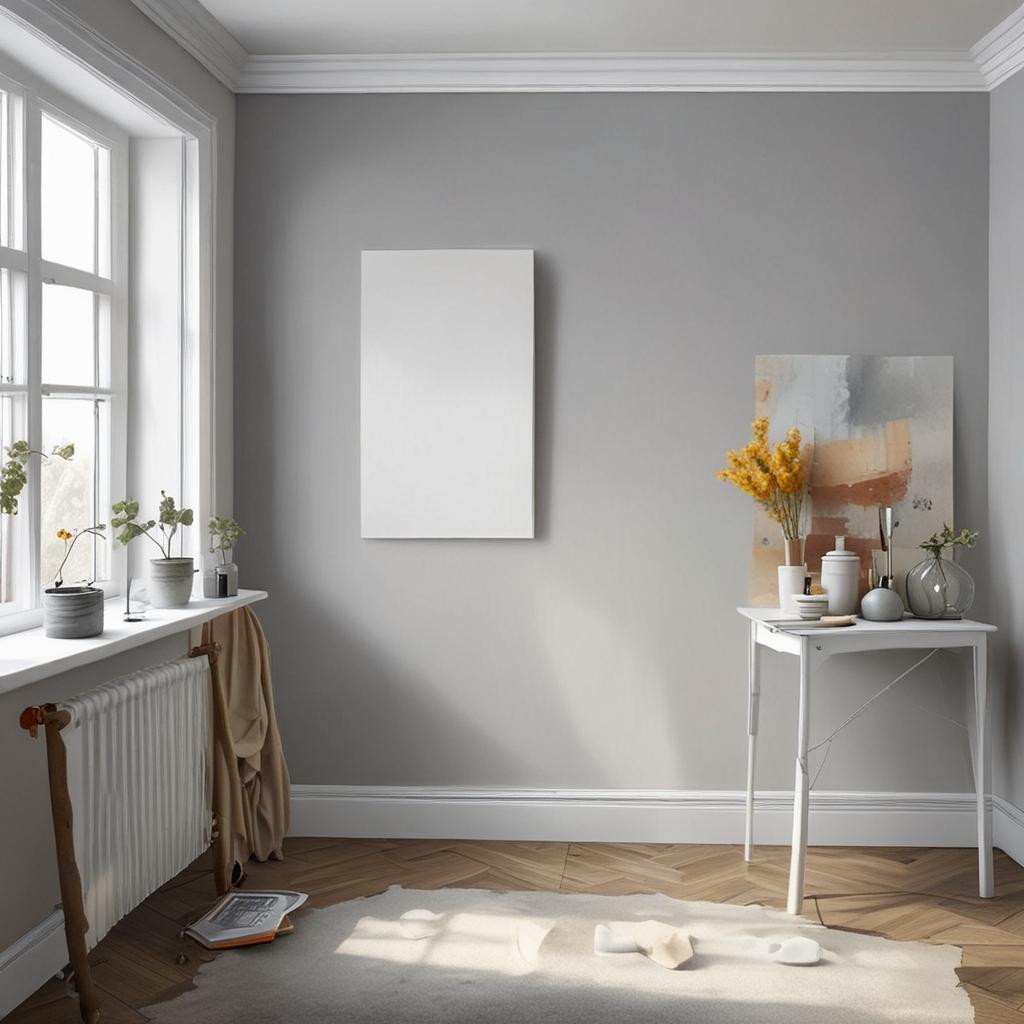
Cost by Room Type
Painting a bedroom averages $300–$600, while a living room might range from $500–$1,000 due to larger square footage. Kitchens and bathrooms tend to cost $600–$1,200, as these areas require moisture-resistant paint and extra prep work. Accent walls or partial painting can lower costs by focusing on key areas without a full-room overhaul.
Tips for Reducing Painting Costs
-
- Buy paint in bulk or during seasonal sales—many stores offer discounts for purchasing multiple gallons.
- Do surface preparation yourself if you’re skilled in basic repairs like filling holes or sanding.
- Opt for a single coat of paint in low-traffic areas to save money without sacrificing aesthetics.
- Choose a mid-range paint for the base coat and a premium finish for high-use spaces like kids’ rooms.
- Use an accent wall instead of painting all four walls to cut costs while still achieving a bold look.
Conclusion
Painting a room is a versatile home improvement project that can be tailored to fit your budget. While materials and labor costs vary based on room size, paint quality,

